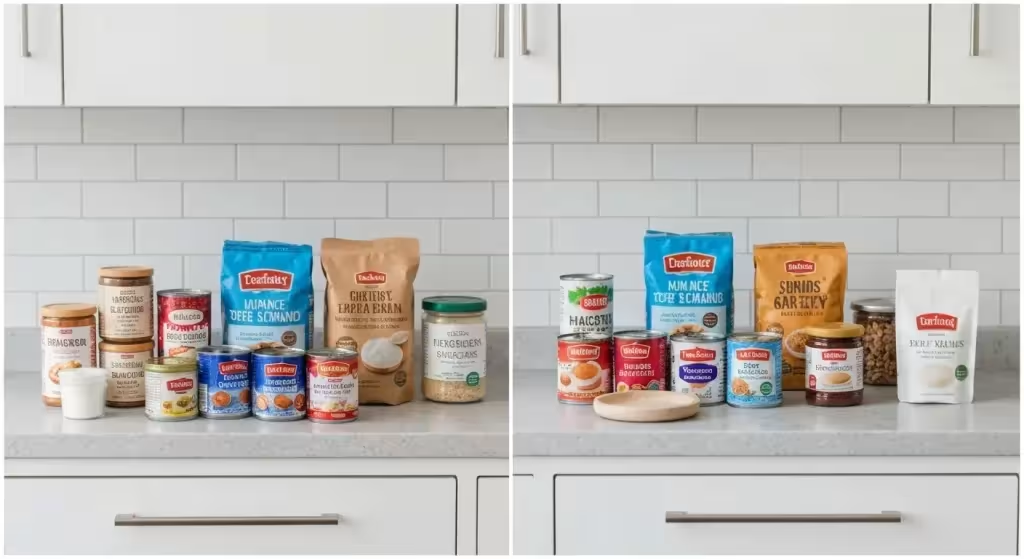
Many of us have spent years developing a keen eye for value and quality. We understand that a higher price doesn’t always mean a better product. One of the simplest and most effective ways to save money on everyday essentials is by choosing generic or store-brand items over their often more expensive name-brand counterparts. The debate of generic vs name brand has been around for a long time, but the truth is, for many products, the differences are minimal, if any, besides the packaging and the price tag. Embracing this smart buying strategy can free up a surprising amount of room in your budget.
Now, we’re not saying you should never buy name brands. Sometimes there’s a particular product you love for its specific taste or performance, and that’s perfectly fine. However, for a wide range of common household goods and groceries, opting for the generic version can lead to significant savings without sacrificing quality. Let’s explore seven categories where buying generic is almost always a smart move.
















2 Responses
I have to disagree with the idea that all flour is created equal. Some generic lour isn’t even good enough to make play dough. Sticking with name brand flour such as Pillsbury or Gold Medal is best for baking. If you want to splurge then you can use King Arthur. If you need specialty flours then Bob’s Red Mill.
Dish soap nothing works as well as dawn for cutting through greasy messy cooking instruments